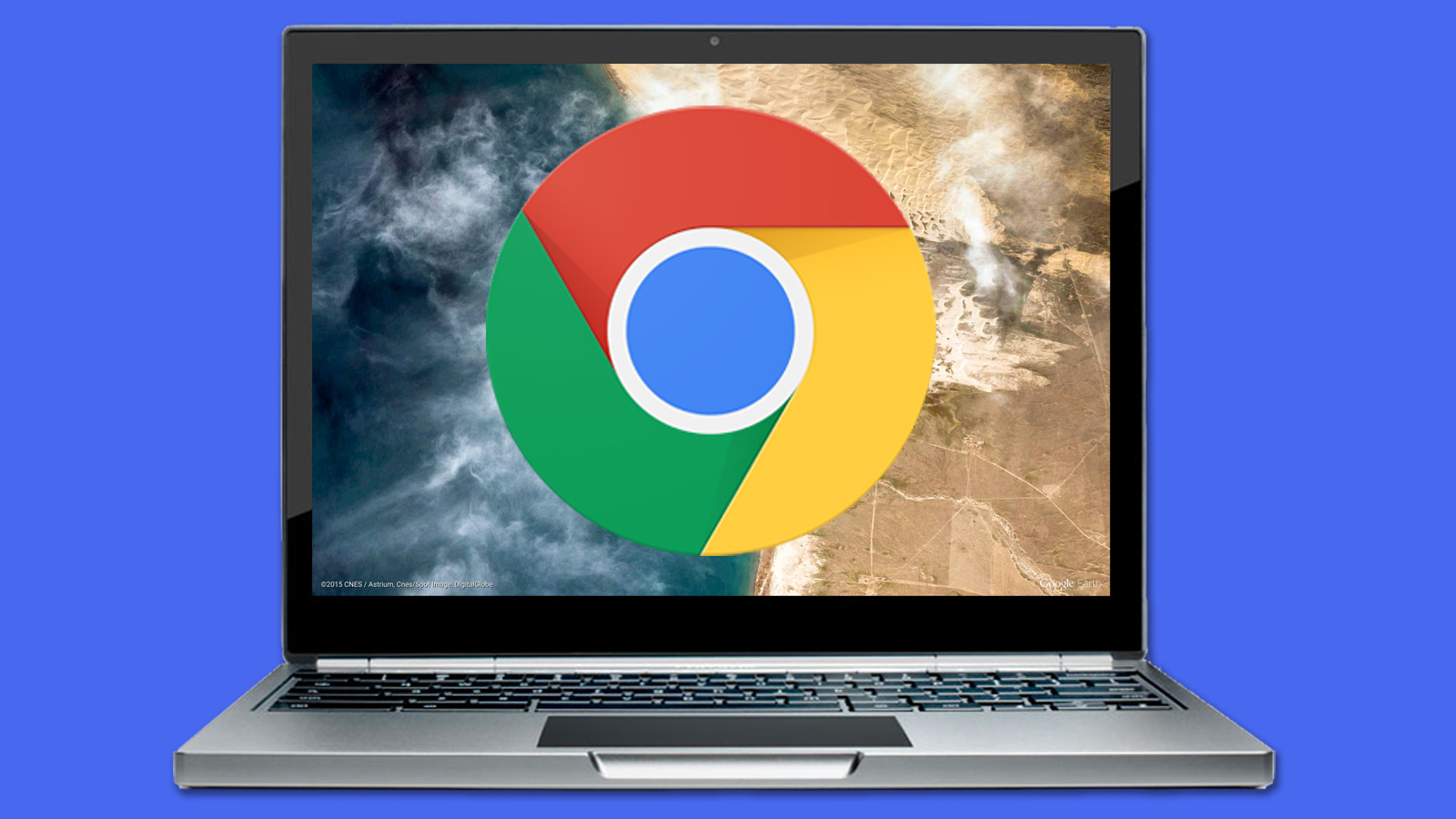Google is adding an ad blocker to Chrome in 2018
Google's ad blocker is coming soon

Google will stop showing all ads on some websites in its Chrome browser starting next year, the search giant announced today.
Weeks of speculation that Google planned to introduce its own ad blocker for Chrome led to today's official announcement, with Senior Vice President, Ads & Commerce Sridhar Ramaswamy outlining the company's reasoning to block all advertisements on sites that show too many irritating ads.
While acknowledging, "the vast majority of online content creators fund their work with advertising," Ramaswamy also noted that "annoying, intrusive ads" have led users to block advertisements altogether via extensions and other tools.
Google's approach is to encourage better ads that both publishers and visitors can live with. The search giant has joined the Coalition for Better Ads and will use the group's Better Ads Standards as a guideline for best advertising practices.
"In a dialogue with the Coalition and other industry groups, we plan to have Chrome stop showing ads (including those owned or served by Google) on websites that are not compliant with the Better Ads Standards starting in early 2018," Ramaswamy said.
What are bad ads?
According to the Better Ads Standards, examples of bad desktop ads include pop ups, auto-playing video ads with sound, "presitial" ads with countdowns (the ones that don't let you see a page until a timer runs out) and large sticky ads.
On mobile, examples of offending ads include many of the same as well as ads with a density higher than 30%, full-screen scrollover ads and flashing animated ads. Google's ad blocker is said to work on both desktop and mobile devices.
Get daily insight, inspiration and deals in your inbox
Sign up for breaking news, reviews, opinion, top tech deals, and more.

Google is giving publishers at least half a year to ready themselves for the ad blocker tool roll out, according to sources speaking with the Wall Street Journal.
The publication reports ad blocking will be on by default, and will stop all ads from appearing on websites that have too many that result in a negative user experience.
Google is treating the new tool more like a filter than a proper ad blocker, the Wall Street Journal says.
Comply or...
Google is also providing resources for publishers so they don't suddenly lose all their advertising (and associated revenue).
The company has published an Ad Experience Report to help website owners identify whether ads they serve violate the Better Ads Standards. Google provides examples with screenshots and videos of annoying ad experiences as well as a best practices guide for what constitutes acceptable ads.
Another tool Google introduced is called Funding Choices. This lets publishers post a customized message to users coming to their site with an ad blocker turned on. Users will have the option to either allow ads or make a payment to bypass all ads. Transactions will be completed through another new tool called Google Contributor.
Funding Choices is already available in North America, the UK, Germany, Australia and New Zealand, Ramaswamy said, with a roll out in more countries planned for later this year.
It's no surprise Google is introducing this ad "filter" as it ensures some ads are served up to users rather than no ads at all.
However, there's sure to be push back as publishers rely on ad revenue in order to display their content for free. What's more, with Google the ultimate arbiter of good and bad ads, the search giant may be seen as wielding too much power – more so than it does now – in the online advertising game.
Michelle was previously a news editor at TechRadar, leading consumer tech news and reviews. Michelle is now a Content Strategist at Facebook. A versatile, highly effective content writer and skilled editor with a keen eye for detail, Michelle is a collaborative problem solver and covered everything from smartwatches and microprocessors to VR and self-driving cars.
